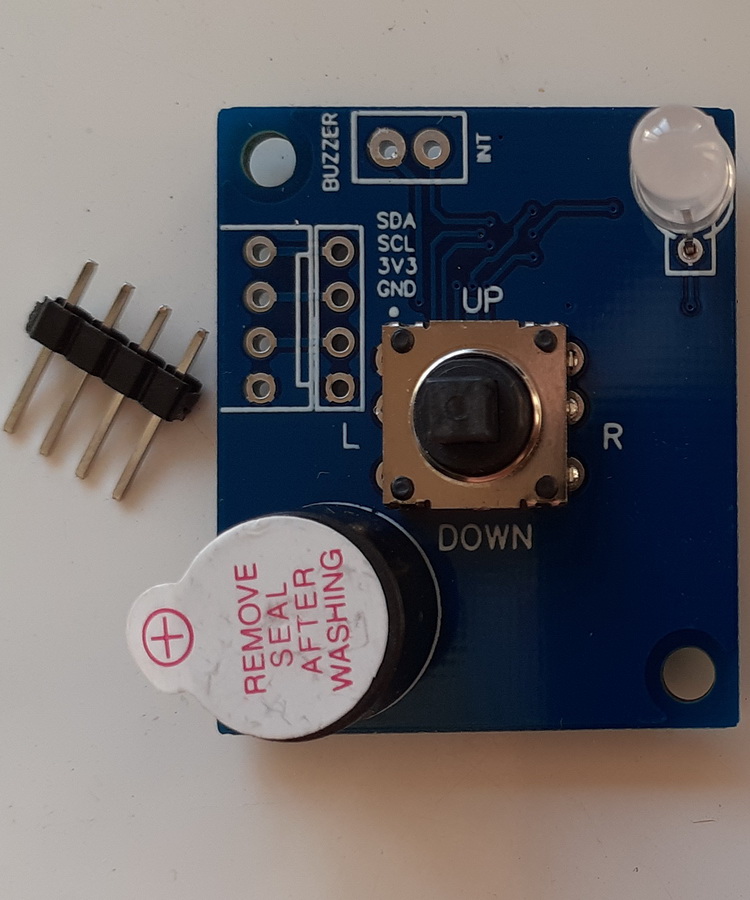New: I2CUI1 module – remote control panel and status display.
We manufactured and started selling a new module I2CUI1 . 1. General overview. This is a panel that can be mounted on the wall of the case to control the…
Comments Off on New: I2CUI1 module – remote control panel and status display.
17.10.2021
